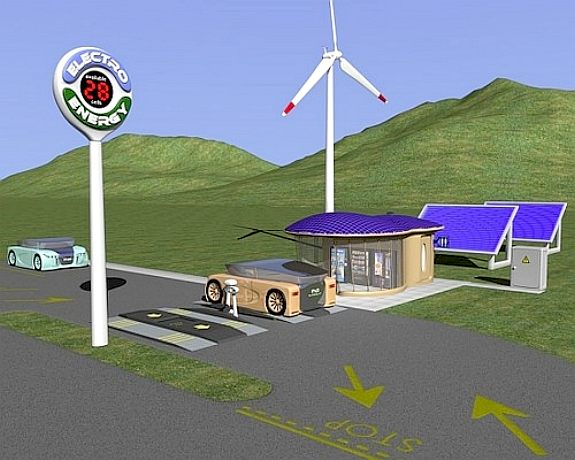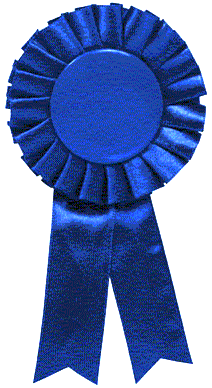|

A
car or boat is a complex engineering item, but over the years the design has been
refined to reduce the number of moving parts. Electronics is one area where
simplicity is most difficult, of you take every line of code as a component.
Think about Windows? That is a KISS nightmare.
KISS
ACRONYM
KISS is an acronym for "Keep it simple, stupid" as a design principle noted by the
U.S. Navy in 1960. The KISS principle states that most systems work best if they are kept simple rather than made complicated; therefore simplicity should be a key goal in design and unnecessary complexity should be avoided. The phrase has been associated with aircraft engineer Kelly Johnson (1910–1990). The term "KISS principle" was in popular use by 1970. Variations on the phrase include "keep it stupid simple" and "keep it simple and straightforward".
ORIGIN
The acronym was reportedly coined by Kelly Johnson, lead engineer at the Lockheed Skunk Works (creators of the Lockheed U-2 and SR-71 Blackbird spy planes, among many others).
While popular usage has translated it for decades as, 'Keep it simple, stupid', Johnson translated it as, 'Keep it simple stupid' (no comma), and this reading is still used by many authors. There was no implicit meaning that an engineer was stupid; just the opposite.
The principle is best exemplified by the story of Johnson handing a team of design engineers a handful of tools, with the challenge that the jet
aircraft they were designing must be repairable by an average mechanic in the field under combat conditions with only these tools. Hence, the 'stupid' refers to the relationship between the way things break and the sophistication available to fix them.
The acronym has been used by many in the United States Air Force and the field of software development.
Variants
The principle most likely finds its origins in similar concepts, such as Occam's razor,
Leonardo da Vinci's "Simplicity is the ultimate sophistication", Mies Van Der Rohe's "Less is more", or Antoine de Saint Exupéry's "It seems that perfection is reached not when there is nothing left to add, but when there is nothing left to take away".
Colin Chapman, the founder of Lotus
Cars, urged his designers to "Simplify, and add lightness". Rube Goldberg's machines, intentionally overly-complex solutions to simple tasks or problems, are humorous examples of "non-KISS" solutions.
An alternative view is attributed to Albert
Einstein: "Make everything as simple as possible, but not simpler." We agree
with this point of view.
Other variants of the acronym include "keep it short and simple", "keep it simple, sir", "keep it super simple", "keep it simple or be stupid", "keep it simple and stupid", "keep it simple and straightforward", "keep it simple and safe", "Keep it simple, student", "keep it simple, silly", "keep it simple and sincere", and "keep it simple and secular."
COMPUTERS
AND SOFTWARE
This is a list of approaches, styles, and philosophies in software development not included in the category tree of software development philosophies.
Compared to analogue electronics, computing stands no chance of keeping things
simple. What you can do is try to eliminate unnecessary energy consuming code,
such as the frills in commercial programs.
This
list contains software development processes, software development methodologies and single practices, principles and laws.
Acceptance test-driven development
After the Software Wars
Agile Manifesto
Agile software development
Behavior-driven development
Best practice
The Cathedral and the Bazaar
Comment programming
Cowboy coding
Design-driven development
Domain-driven design
Extreme programming
Formal methods
Hollywood principle
Homesteading the Noosphere
Integration competency center
Iterative and incremental development
Kanban (development)
Lean integration
Lean software development
Lightweight methodology
The Magic Cauldron (essay)
Micro-innovation
Minimalism (computing)
Planning poker
PM Declaration of Interdependence
Quick-and-dirty
Release early, release often
Retrenchment (computing)
Rule of least power
Scrum pattern
Secure by design
Slow programming
Specification by example
SWAT Team (process model)
Test double
Continuous test-driven development
Test-driven development
Test-Driven Development by Example
There's more than one way to do it
Top development
Transformation Priority Premise
Unix philosophy
VoodooScript
Waterfall model
Worse is better
You aren't gonna need it
BLUEFISH
DEVELOPMENT PROJECT INDEX A-Z
EXTERNAL
LINKS
http://en.wikipedia.org/wiki/Category:Software_development_philosophies
http://en.wikipedia.org/wiki/KISS_principle
EARLY
DEVELOPMENT TEST MODELS - LINKS
Blackcurrant
1 | Blackcurrant
2 | Catamaran
Hull Design
Drag
| SWASH |
SWATH
| Trimaran




|
